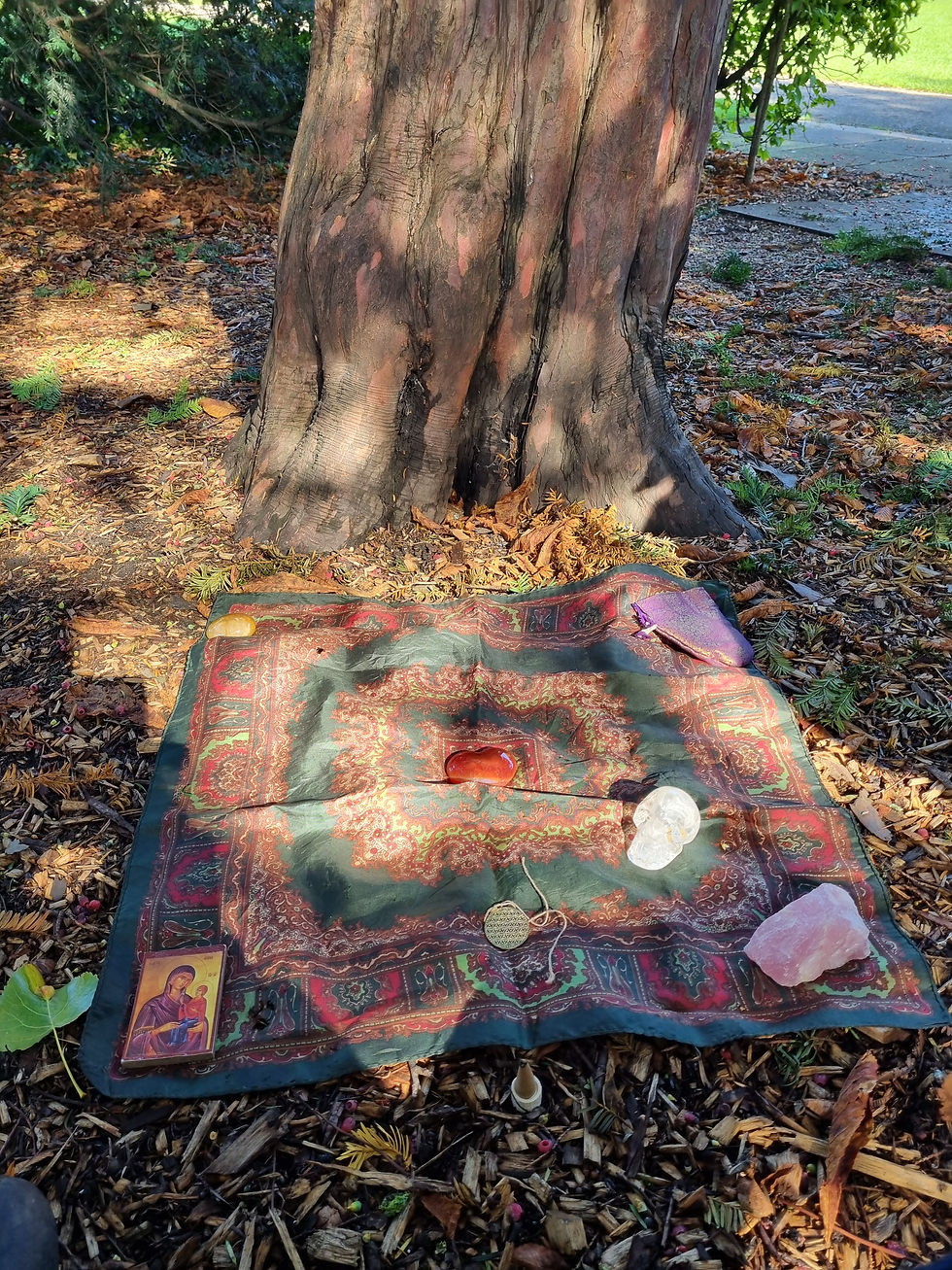Bless the Water Phase 2
- Bob H
- Sep 14, 2024
- 2 min read
There has been a hiatus in the Bless the Water program as I (Ocean) have been very busy with so many projects, but still waiting for major funding for all the projects I want to initiate - and games to design (Kabal).

and thinking back to Walsingham, where the Bless the Water program was first started! So I will make another trip to Walsingham and check into the place nearby, like before
and focusing on Our Lady of Walsingham

A picture from the pilgrimage in 2020 to Our Lady of Walsingham and the wonderful time we had back then - starting the Bless The Water campaign.
Well, I am planning to restart it with another trip to Walsingham - in October 2024 and anybody can join me.
It will activate the next stage of the campaign - BTW Phase 2: WRG ARK inspired water (and knowing the amazing qualities of "spiritual" water to undo the damage being created by raw sewage being allowed to spill into our rivers) - so will take a sample to test using a water sampling device (according to the procedure in here).
Water Sampling Device Impact
Different water sampling devices can impact the quality and integrity of the sampled water in various ways, including:
Material selection: The type of material used to construct the sampling device can leach chemicals or contaminants into the water, affecting its quality. For example, PVC or polyethylene materials may release phthalates or other chemicals.
Surface roughness: Rough surfaces can introduce particulate matter or microorganisms into the sample, compromising its integrity.
Contamination during handling: Human contact and handling can introduce contaminants, such as bacteria, viruses, or chemicals, into the sample.
Preservation methods: Inadequate preservation techniques can allow microbial growth or chemical degradation, altering the sample’s composition.
To minimize contamination and ensure the quality and integrity of the sampled water:
Choose appropriate materials: Select sampling devices made from inert, non-reactive materials like glass, stainless steel, or Teflon.
Clean and disinfect: Regularly clean and disinfect sampling devices to prevent bacterial and viral contamination.
Minimize human contact: Use automated sampling systems or minimize handling of the sample to reduce the risk of contamination.
Preservation techniques: Use proper preservation methods, such as acidification, refrigeration, or freezing, to prevent microbial growth and chemical degradation.
Sampling protocols: Establish and follow standardized sampling protocols to ensure consistent and controlled sampling procedures.
Quality control: Implement quality control measures, such as duplicate sampling and laboratory testing, to detect and correct any potential contamination issues.
Training and education: Provide training and education to sampling personnel on proper handling, preservation, and contamination prevention techniques.



Comments